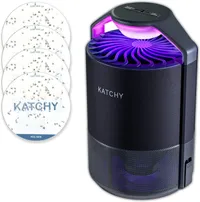How to get rid of carpet moths — 5 easy, expert-approved methods
Here’s how to prevent carpet moths from ruining your floors
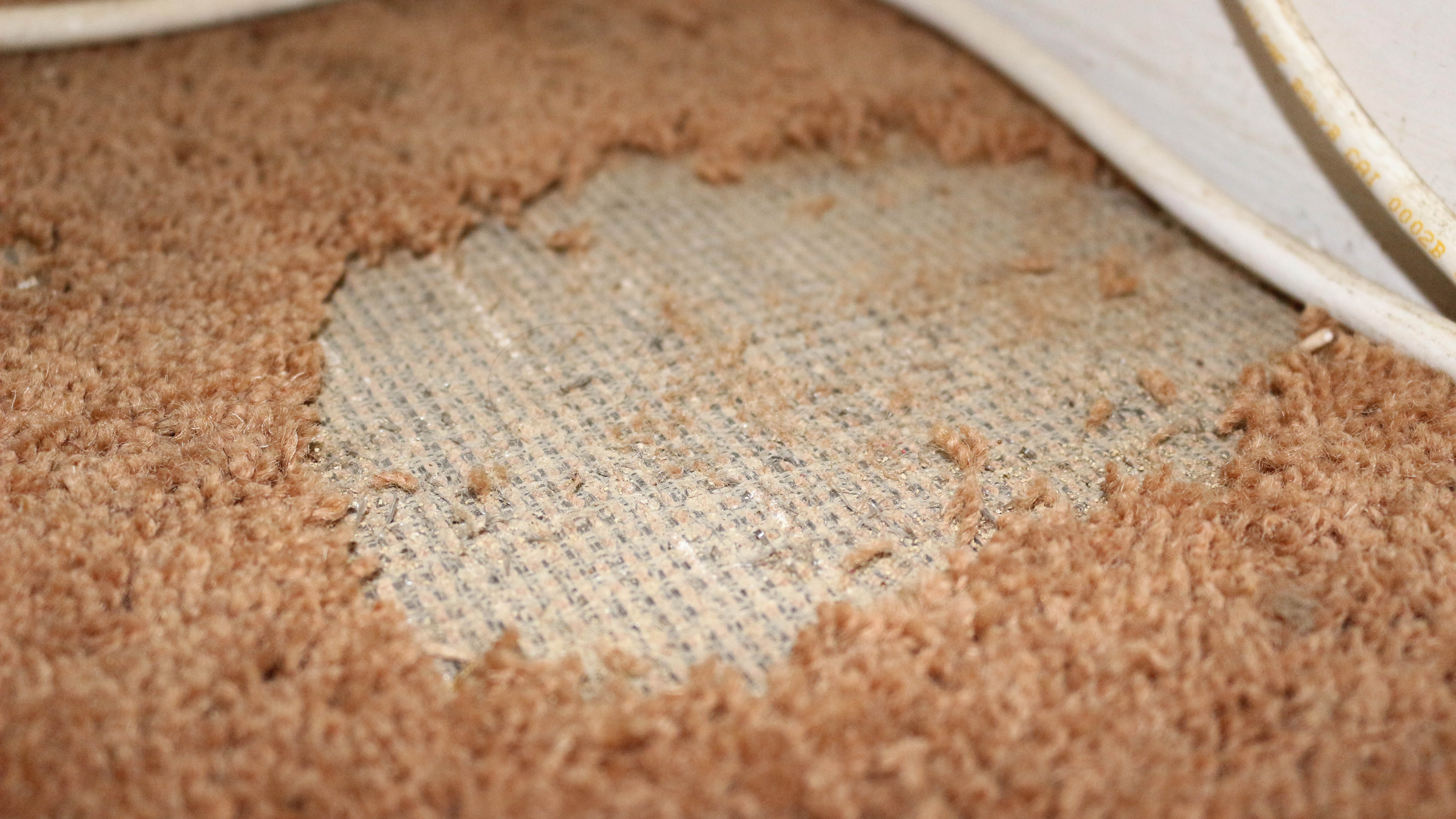
If you’ve noticed threadbare patches appearing on your carpets, or the odd, small-winged insect fluttering, you might be dealing with carpet moths. Similar to clothes moths that eat away at your wool sweaters, the larvae of carpet moths tend to feed off natural fibers in carpets, and other soft furnishings instead. This allows larvae to grow and quickly multiply, resulting in a moth infestation.
Trouble is, carpet moths are tricky to detect, but there are effective ways to get rid of carpet moths and stop them from reproducing. Ranging from homemade, pest repellent sprays and moth traps, to insecticides, these can all help to prevent an infestation.
We’ve asked an expert for their top tips on how to get rid of carpet moths, and prevent them from ruining your home.
What are carpet moths?

Carpet moths, also known as tapestry moths, are tiny, winged insects that prefer warm conditions. These tend to be less than an inch long, and either dark brown or creamy white in color.
Carpet moth larvae feed on natural fibers with kreatin contents, which enables larvae to grow into adult carpet moths. “Carpet moths are small, winged insects that can infest carpets, rugs, and really any fabric items,” says Laura Ascher, pest control expert at Our Oily House. “They are attracted to fabrics and fibers, which they use as a food source for their larvae.”
Typically, adult moths can enter homes and buildings in a variety of ways, such as through a window or door to lay eggs inside a warm environment. What’s more, they can be brought in from a new roll of carpet that has been left outside during a renovation or make-over.
"Places where the carpet is worn in high traffic areas, especially on carpet edges where it meets other types of flooring is the one location to take a lift and peek on the underside to see if you can see any larvae," advises Dr. Tracy Ellis, entomologist at FarmSense. " The cream-colored larvae like to stay hidden will grow to about a half inch long. If you find a carpet or garment source of larvae, vacuum up all the debris, remove, replace, clean or sanitize the affected items to stop the infestation."
Get instant access to breaking news, the hottest reviews, great deals and helpful tips.
How to get rid of carpet moths
Luckily, there are a few methods to prevent future carpet moth infestations.
1. Vacuum regularly
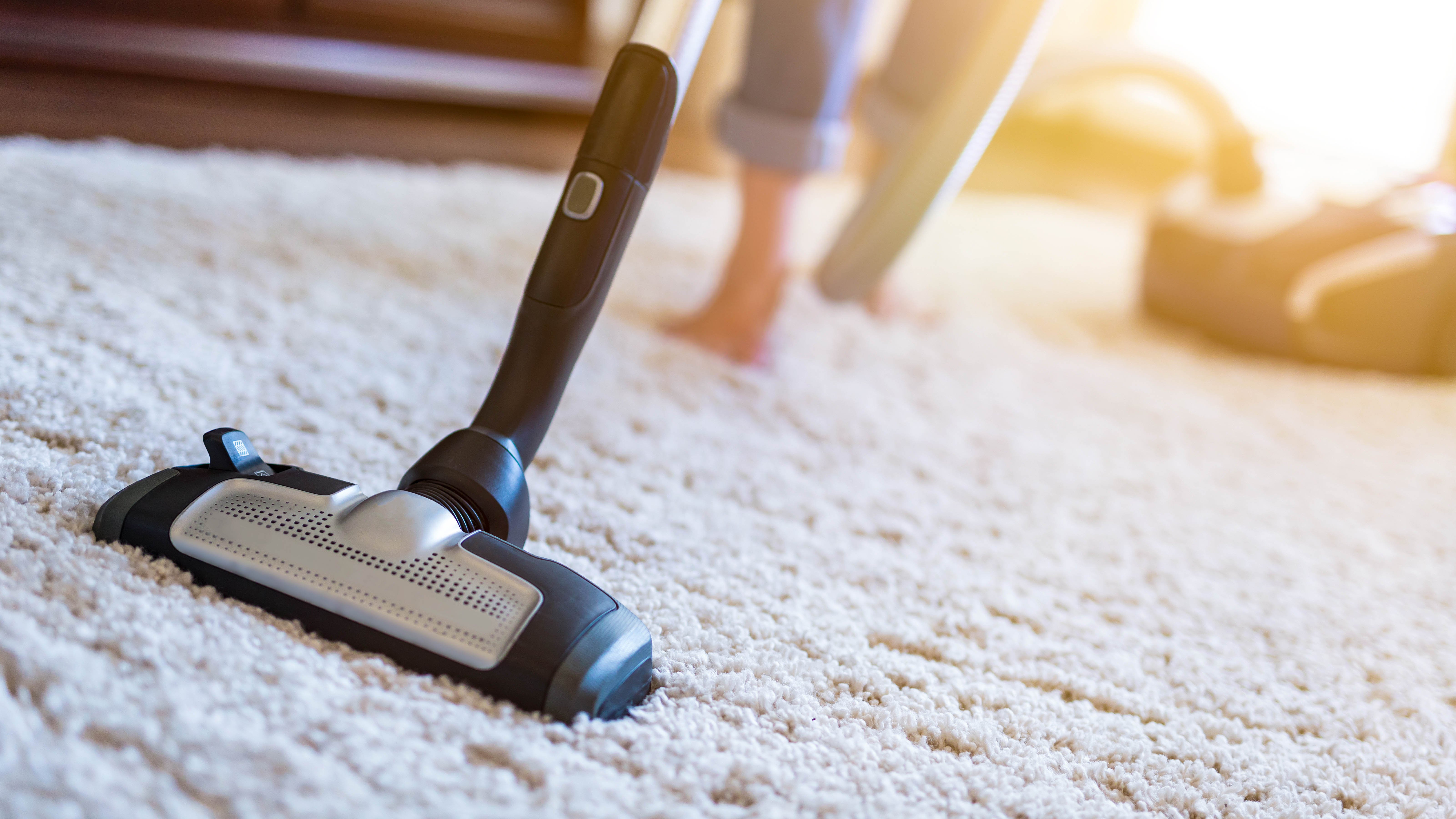
One simple, preventative measure is to deep clean carpets and rugs often with one of the best vacuum cleaners, or a steam cleaner. Vacuuming helps to remove the eggs and larvae from the fibers, while steam can kill off remaining insects instantly. You can opt to hire a steam cleaner or even call in a specialist to get the job done.
“Vacuum your carpets and furniture thoroughly to remove larvae, eggs, and adult moths,” states Ashcher. “Pay special attention to areas where you've noticed moth activity. Consider steam cleaning your carpets or rugs to kill any remaining larvae and eggs.”
Plus, vacuuming regularly will ensure that your carpets and rugs stay fresh and in top condition at all times.
2. Make a white vinegar spray
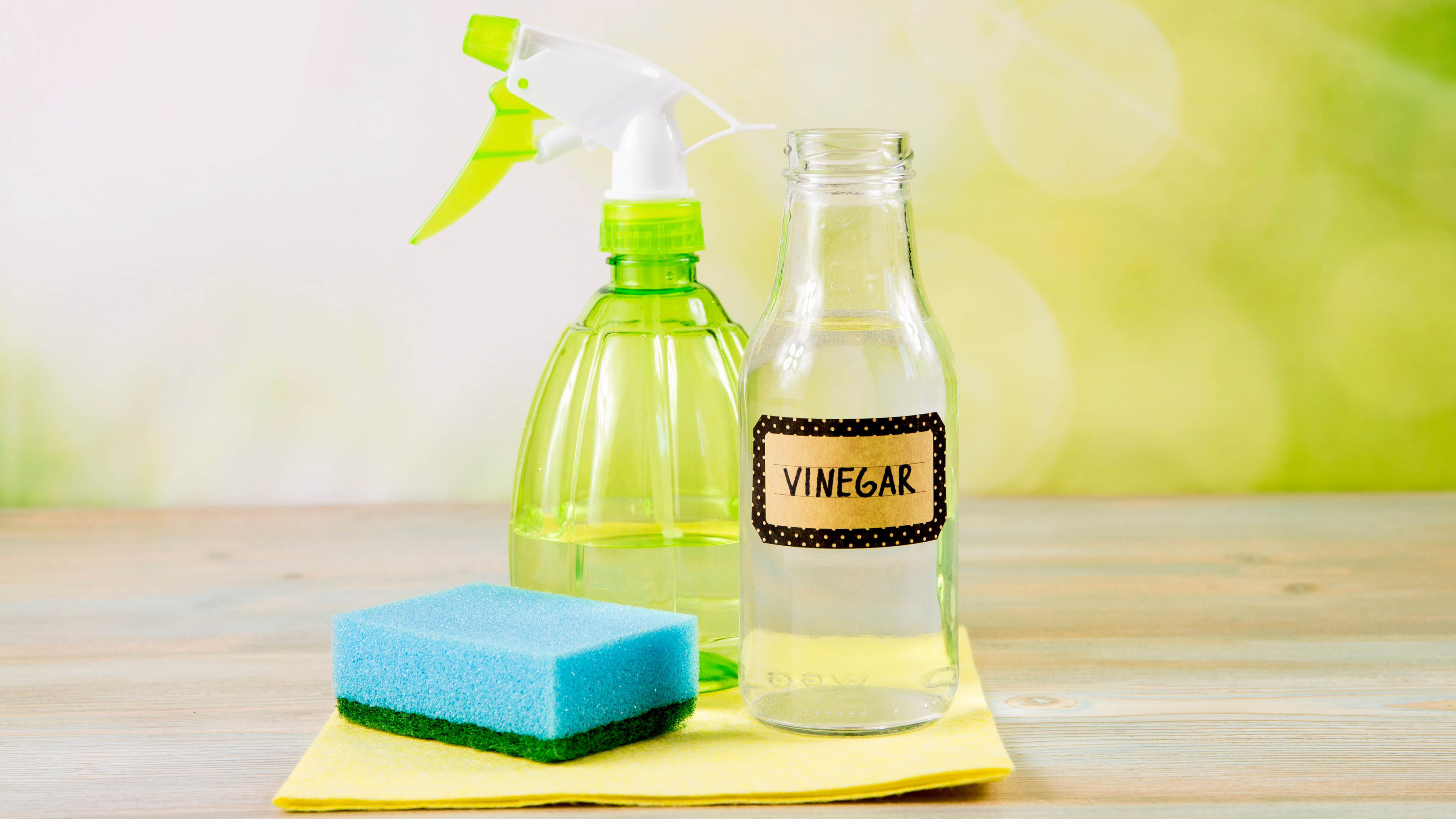
A common, natural repellent is a white vinegar solution. You can easily make this by mixing one part white vinegar and two parts water in a clean, spray bottle. Then spray solution on fabrics, or use it to wipe down furnishings and surfaces around the home with a sponge. Just be sure to do a spot test on fabrics first to avoid damaging it.
Vinegar has a natural acidity which kills carpet moths, removes eggs and gets rid of lingering pheromones. White vinegar is an effective repellent for most household pests including getting rid of spiders, and ants in your home.
Check out what makes baking soda and vinegar so good at cleaning. Just note there are also things you should never clean with white vinegar to avoid damage.
3. Diatomaceous Earth
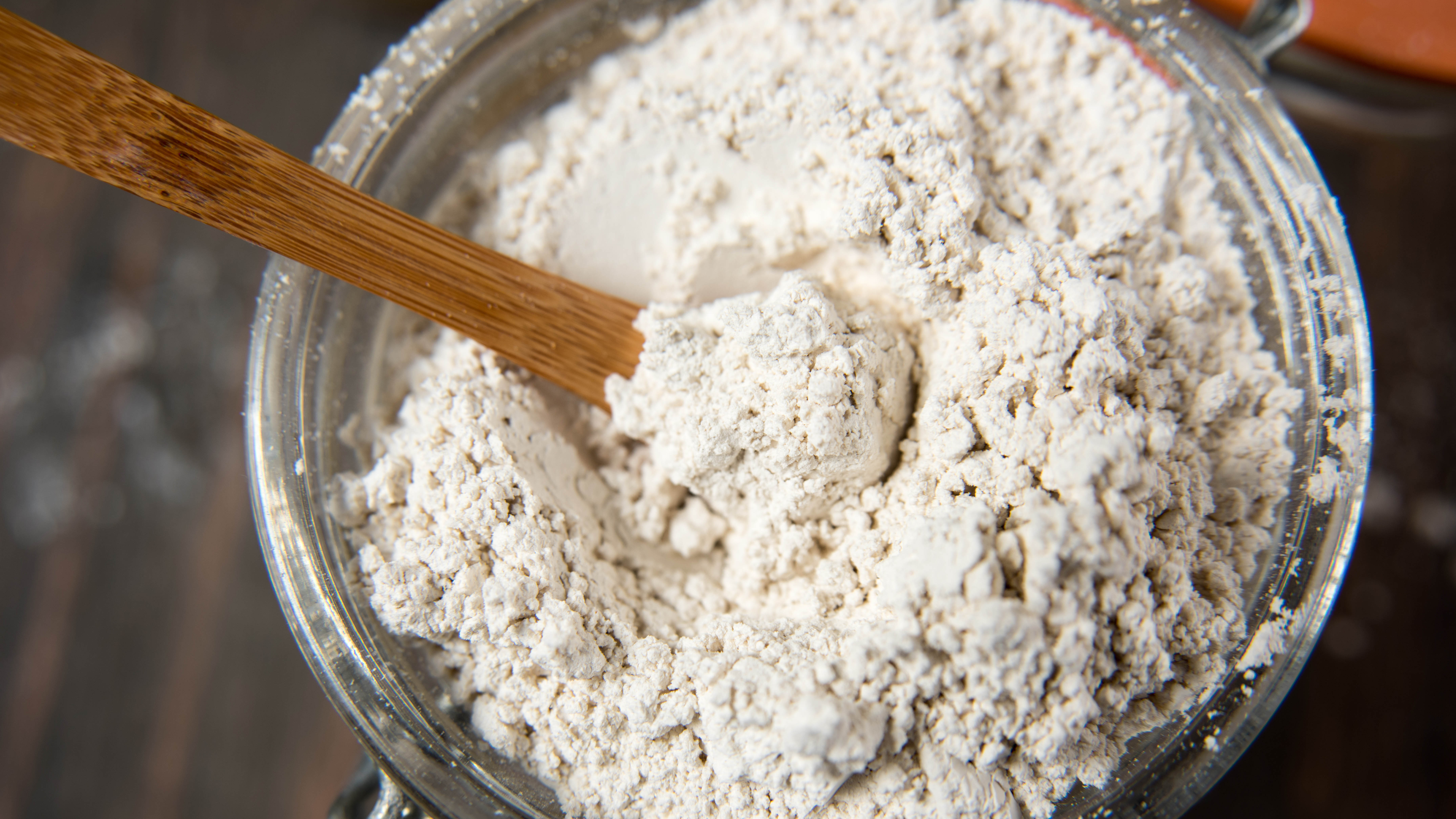
Another organic way to deal with a carpet moth infestation is by sprinkling diatomaceous earth in trouble areas. This is a natural biological powder which is as effective on adult moths and on other pests.
Essentially, once a moth comes into contact with this powdery substance, it will break down its exoskeleton, leading to death by dehydration. Simply sprinkle the powder in carpets, rugs or small spaces where the carpet moths tend to move around. Then, you just vacuum the area clean.
Ascher adds, “while eliminating carpet moths completely can be challenging, with consistent effort, you can significantly reduce their population and prevent future infestations.”
Diatomaceous earth is safe to use around pets and children, just be sure you’re using the ‘food grade’ variety. And always follow the instructions for best use and avoid using it anywhere you prepare food.
4. Set moth traps
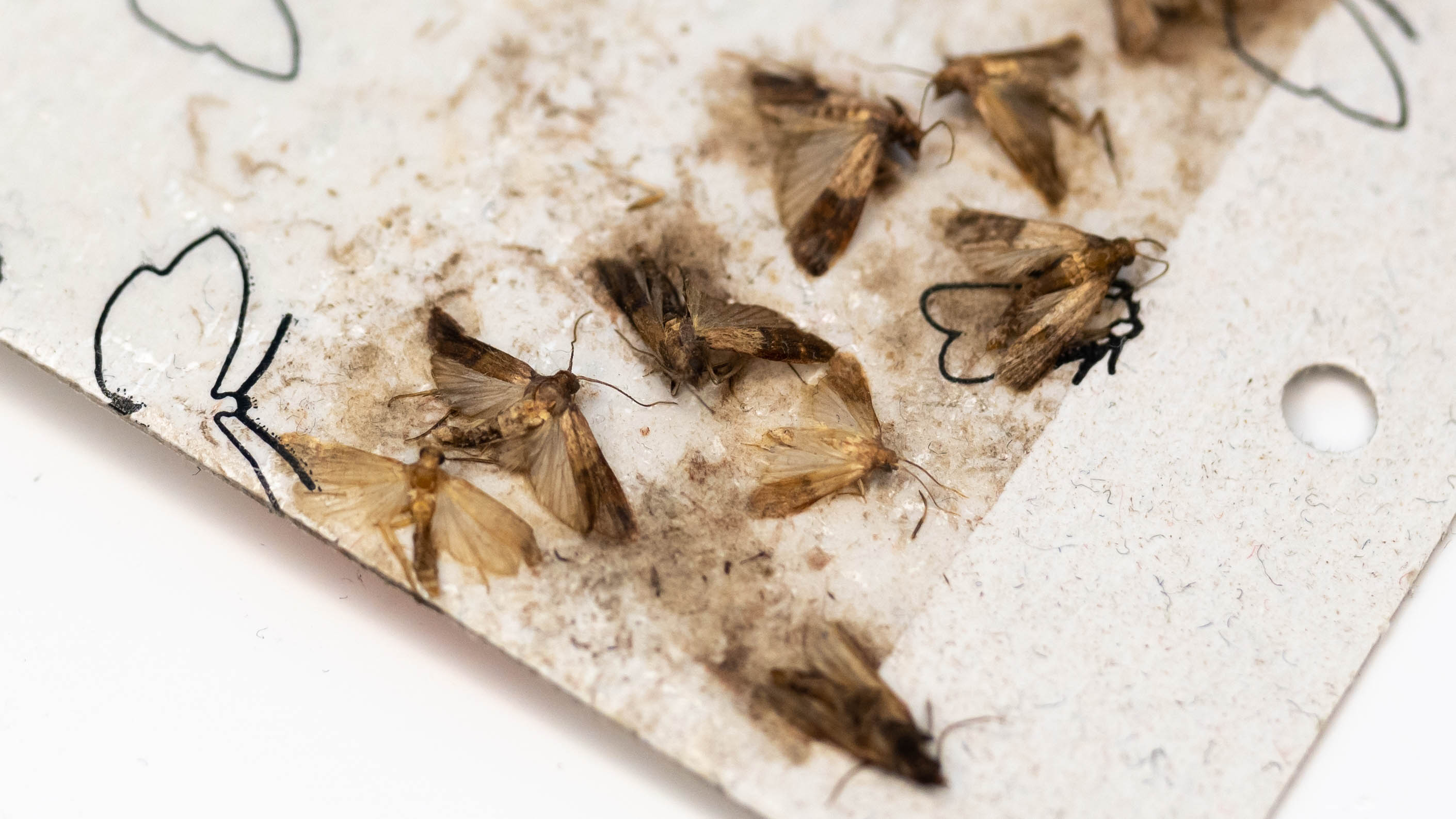
Alternatively, if you want a mess-free solution, you can opt for moth traps. These are usually glue strips and adhesive pads that are laden with a formula that attracts the moths, and stops them in their tracks.
You can buy such organic traps in certain grocery stores or online like this Powerful Moth Traps for Clothes & Closets ($39, Amazon), that you can place anywhere around the home, including the pantry.
Katchy Indoor Insect Trap: now $33 @ Amazon
If you're after an effective, pest repellent, this insect trap will do the job. The UV blue light attracts flying bugs to it , which will then be trapped on the glue pads underneath. Then you simply remove the glue pads to dispose of when necessary. A fast way to get rid of mosquitoes.
5. Apply moth powder/spray
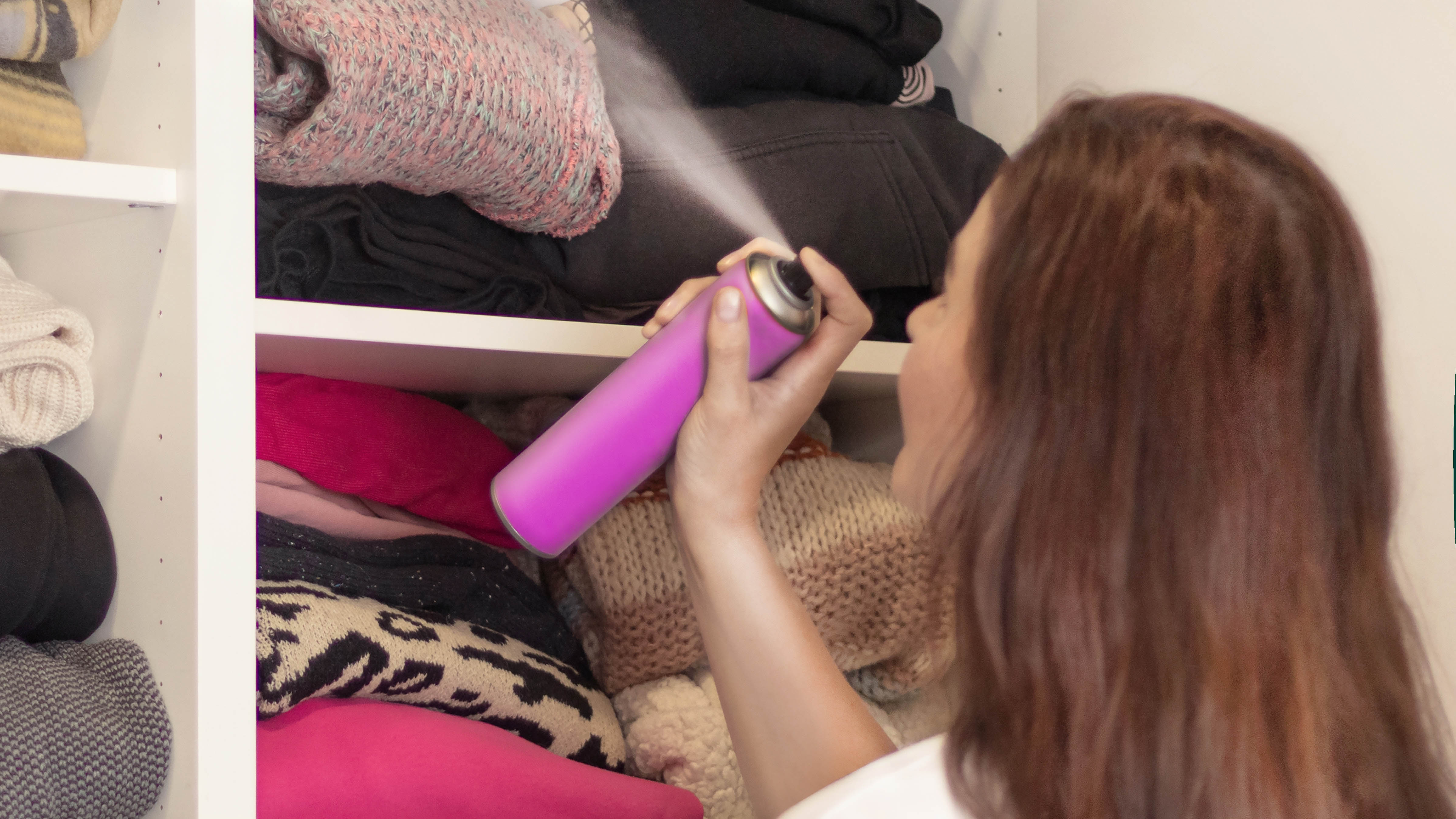
If all else fails, you could invest in commercial moth sprays or powders. Such fast-acting, insecticides should be applied with caution, to the guidelines on their label.
“Treat affected areas by applying a carpet moth spray or powder to infested areas. I only recommend this as a last resort,” advises Ascher, “Please follow the product instructions carefully.
Additionally, carpet moths feed on fabrics and fibers. Inspect stored clothing, blankets, and other textiles for signs of infestation. And if you haven't already, clean and seal these items before storing them away.”
For more tips, here’s how to store your winter wardrobe to prevent moths and keep them in good condition.
More from Tom's Guide

As the Homes Content Editor, Cynthia Lawrence covers all things homes, interior decorating, and garden-related. She has a wealth of editorial experience testing the latest, ‘must-have’ home appliances, writing buying guides and the handy ‘how to’ features.
Her work has been published in various titles including, T3, Top Ten Reviews, Ideal Home, Real Homes, Livingetc. and House Beautiful, amongst many.
With a rather unhealthy obsession for all things homes and interiors, she also has an interior design blog for style inspiration and savvy storage solutions (get rid of that clutter!). When she’s not testing cool products, she’ll be searching online for more decor ideas to spruce up her family home or looking for a great bargain!
